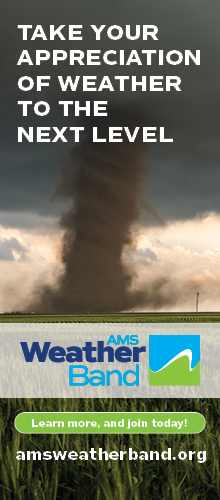One hoary chestnut? Bad enough. But two of ‘em, end-to-end? What’s up with that?
Simply this: these two overworked clichés – concatenated – describe the essence of human history, and our greatest 21st century dilemma.
To set the stage, consider this quote. It comes from last week’s issue of The Economist, in an article entitled From tsunamis to Typhoons: “The list of esoteric worries troubling the world’s investors is growing.”
Chances are good that like me, you’re not an economist or financial analyst. You and I might then be forgiven for thinking that the word “esoteric,” its host sentence, and the article as a whole referred to derivatives, financial futures, credit default swaps, and similar instruments, or senior tranches rated below investment grade, or of a deal’s liability structure, or any of the risk management concepts of like nature, things like that. You know – the arcane stuff we all learned belatedly, as we sifted through the ruins of the 2008 financial sector meltdown and came to terms with the humongous additional debt burden we’ve recently assumed.
We’d be wrong.
Why? Because this article appeared in the finance and economics section. To these readers (financial analysts and others of similar stripe), the business terms and the concepts behind them are not unfathomably mysterious, impenetrable – they’re mother’s milk! Instead, to this group, the “esoteric” risks turned out to be earthquakes, and tsunamis, nuclear-reactor catastrophic failure, social conflict raging across the Middle East, etc. [The authors could have added the Pakistan flood, the Eyjafallajokull volcanic eruption, and myriad other natural calamities of the past few years.]
The key point? The business community is great at doing risk analysis – but only so long as the risks are inherent to the financial universe in which they’re also calculating the rewards. But this financial universe is really quite artificial in many respects. It is a largely human construct. Over millennia of human history, we’ve progressively isolated ourselves from the natural world – first through the development of civilization, then again through the Industrial Revolution, and most recently through our exploration and settlement in the cyberspace we’ve created over these past several decades. And along the way we exchanged tangible goods for money. Then we exchanged the money for paper representing the money, and ultimately for electrons representing the paper that represented the money. In other words…
We boxed ourselves in. And it turns out that as a result, business types – and the rest of us, because we’re all in this together – are no longer so hot when it comes to assessing the risks external to this financial box of their (our) own construction. In particular, we’ve lost touch with the fact that we’re trying to make a buck, or a Euro, or a real, or a yuan, on a planet that does its business through extreme events. We’ve ensured that the world as a resource, as a victim, and as a threat, doesn’t matter very much under “normal” circumstances. But we’ve also compromised our ability to cope during those “abnormal” periods, when resource scarcity, or the collapse of ecosystem services, or a natural hazard, or the breakdown of established social order, becomes the biggest term in the equation. We can’t think outside the box.
The previous post provided a picture. Imagine we’re on an airplane, flying into a mountain range, under IFR (instrument flight rule) conditions. The mountains are socked in. The pilot and co-pilot are relying on instruments. They know that the plane is level. The turbine rpms are good. Oil pressures are within acceptable range. So are engine temperatures. There’s plenty of aviation fuel in the tank. The gauges are working. Inside the box that is the plane, risk is under control.
But the risk that matters, the uncontrolled risk, is outside. And the pilots lack the radar for seeing through the cloud cover to locate the valleys and gaps between those dreaded peaks. Back in the main cabin, the passengers are unconcerned. We’ve invested in the technology to bring our artificial (financial and economic) world into the plane with us. The internet is everywhere. We’re all hard at work in our virtual world.
But, dangerously, we’ve failed to balance that investment with a corresponding outlay for the science, research, and engineering needed to pierce the fog and build up awareness of the real world on which we depend. How are our water resources holding up? Are those resources where our people need them? How’s our production of food and fiber, and the global distribution of that food among the seven billion of us? What about our energy use? With respect to these and other questions we have little or no idea of whether we’re in the clear or disaster is almost upon us. Are we about to hit turbulence? And where are those mountains?
Economists and meteorologists need to work together to unify their management of these risks. Economists, like meteorologists, need to look out the window.


Pingback: “From the cockpit, this is your captain speaking…” | Living on the Real World